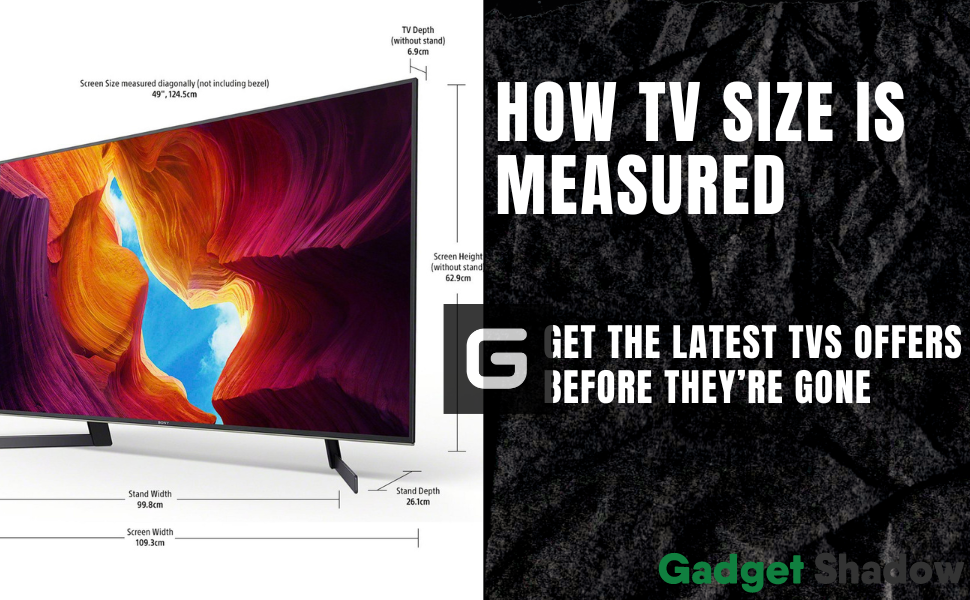How tv size is measured

TVs have gotten progressively larger over the years, but how do retailers and manufacturers determine the size of a TV? It turns out it’s not as simple as just adding up the diagonal length of each screen. There are several other factors that go into determining a TV’s size. This includes the TV’s aspect ratio, whether or not it has a border, and its weight.
See also:
Different manufacturers use different methods for measuring TV size.
one company may use the diagonal length of the screen as their measurement, another may measure the width and height of the screen to determine size. This can make it difficult to compare televisions of different brands. Additionally, some companies may measure only part of the screen, while others measure the entire area. This can also be confusing when trying to compare televisions.
The diagonal measurement is the most important measurement when considering TV size.
When it comes to TVs, size does matter. The diagonal measurement is the most important measurement to consider when selecting a television. That’s because the diagonal measurement is the distance from one corner of the screen to the opposite corner, diagonally. It’s important to get an idea of what size television will fit in your space and meet your needs.
Television manufacturers list the diagonal size of their TVs. So, before you go out and purchase a new television, be sure to measure the space you have available and do some research on what sizes are available on the market. Keep in mind that not all TVs are created equal; some TVs have a wider aspect ratio than others.
Larger televisions can provide a more immersive viewing experience.
Television manufacturers market their products in a number of ways. TV sizes are typically measured in inches. The size of the television can also be measured by the number of pixels on the screen. A higher pixel count will result in a sharper image.
The larger the television, the more immersive the viewing experience will be. This is due to the fact that there are more pixels on a larger screen. With more pixels, viewers can see more detail and subtlety in the images displayed on the screen. In addition, a larger screen will take up more of viewers’ peripheral vision, making it feel as if they are watching the program or movie in question right in front of them.
Television size should be considered when purchasing a new television.
The most common size is between 32 and 50 inches. Televisions that measure greater than 50 inches may be too large for some rooms.
The distance from the television to the seating area should also be considered when making a purchase. The recommended viewing distance for a 32-inch television is about 8 feet, while the recommended viewing distance for a 50-inch television is about 10 feet. If the seating area is closer than 8 or 10 feet, then a smaller television may be a better option.
The best size for your needs
TV size is measured in diagonal inches from one corner to the opposite corner. This measurement is important when choosing a TV because it determines how large the image will be. There are a few things to consider when choosing the size TV for your needs.
One consideration is the distance you will be sitting from the TV. If you sit close to the TV, you will want a smaller size so that you can see all of the details. If you will be sitting further away, then a larger size may be better. Another thing to consider is how much space you have for the TV. A large TV may not be practical if you do not have enough space to set it up.
Get the latest TVs offers before they’re gone
Finally, think about what type of TV you want. LCD TVs come in a variety of sizes, while plasma and CRT TVs are typically only available in larger sizes.





